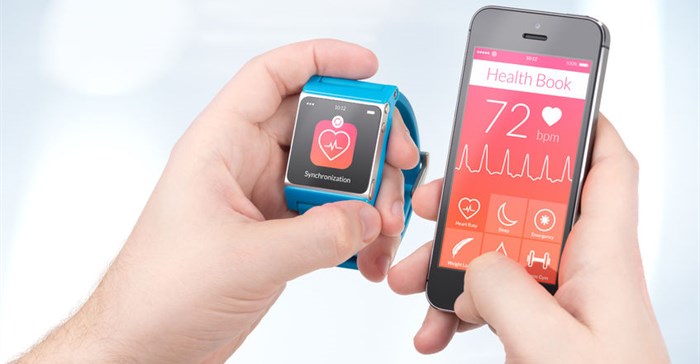At the start of each new year, a host of technology trend predictions are highlighted. With 2016 crossing the half way point, Peter Silva, senior solution developer at F5 Networks takes a look at some trends thus far.

©Aleksey Boldin via
123RFBreaches
“Many databases are half empty due to the continued rash of intrusions while the crooks are half full with our personal information,” notes Silva.
He highlights that medical information is becoming the gold mine of stolen data. “Not really surprising since the healthcare wearable market is set to explode in the coming years. Many of those wearables will be transmitting our health data back to providers. There were also a bunch of very recognisable names getting blasted in the media: Snapchat and LinkedIn. And the best advice we got? Don’t use the same password across multiple sites. Updating passwords is a huge trend in 2016,” he says.
Cloud computing
According to the IDC, public cloud IaaS revenues are on pace to more than triple by 2020 - from $12.6 billion in 2015 to $43.6 billion in 2020. The public cloud IaaS market grew 51% in 2015 but will slightly slow after 2017 as enterprises get past the wonder, and move more towards cloud optimisation rather than simply testing the waters.
IDC also noted that four out of five IT organisations would be committed to hybrid architectures by 2018. “While hybrid is the new normal, remember, the cloud is still just a data centre somewhere. Cloud seems to be more than half full and this comes at a time when ISO compliance in the cloud is becoming even more important,” adds Silva.
DNS
Silva points out that domain name system (DNS) is one of the most important components of a functioning internet. “With that, it presents unique challenges to organisations.” He points out that when Infoblox released its Q1 2016 Security Assessment Report, it stated that in the first quarter of 2016, 235 customers and prospects for security assessments by Infoblox uploaded 519 files capturing DNS traffic. The results: 83% of all files uploaded showed evidence of suspicious activity (429 files).
“They list the specific threats from botnets and protocol anomalies to Zeus and DDoS,” continues Silva. “A 2014 vulnerability, Heartbleed still appears around 11% of the time. DevOps is even in the DNS game. In half full news, VeriSign filed two patent applications describing the use of various DNS components to manage IoT devices. One is for systems and methods for establishing ownership and delegation of IoT devices using DNS services and the other is for systems and methods for registering, managing, and communicating with IoT devices using DNS processes. Find that half full smart mug - by name!”
The Internet of Things (IoT)
“The cup runneth over!” exclaims Silva. Wearables are expected to close in on 215 million units shipped by 2020 with 102 million this year alone.
“I think that number is conservative with smart eyewear, watches and clothing grabbing consumer’s attention. Then there’s the whole realm of industrial solutions like smart tractors, HVAC systems and other sensors tied to smart offices, factories and cities. In fact, utilities are among the largest IoT spenders and will be the third-largest industry by expenditure in IoT products and services. Over $69 billion has already been spent worldwide, according to the IDC Energy Insights/Ericsson report. And we haven’t even touched on all the smart appliances, robots and media devices finding spots our homes.
"Get ready for Big Data regulations as more of our personal (and bodily) data gets pushed to the cloud. And we’re talking a lot of data,” he says.
Mobile
About the mobility trends, Silva says: “We are mobile, our devices are mobile and the applications we access are mobile. Mobility, in all its iterations, is a huge enabler and concern for enterprises; and it'll only get worse as we start wearing our connected clothing to the office. The digital dress code has emerged. With 5G on the way, mobile is certainly half full and there is no emptying it now.”
“There's that old notion that if you see a glass half full, you're an optimist and if you see it half empty you are a pessimist. I think you need to understand what state the glass itself was before the question. Was it empty and filled half way or was it full and poured out? There's your answer!” concludes Silva.


































